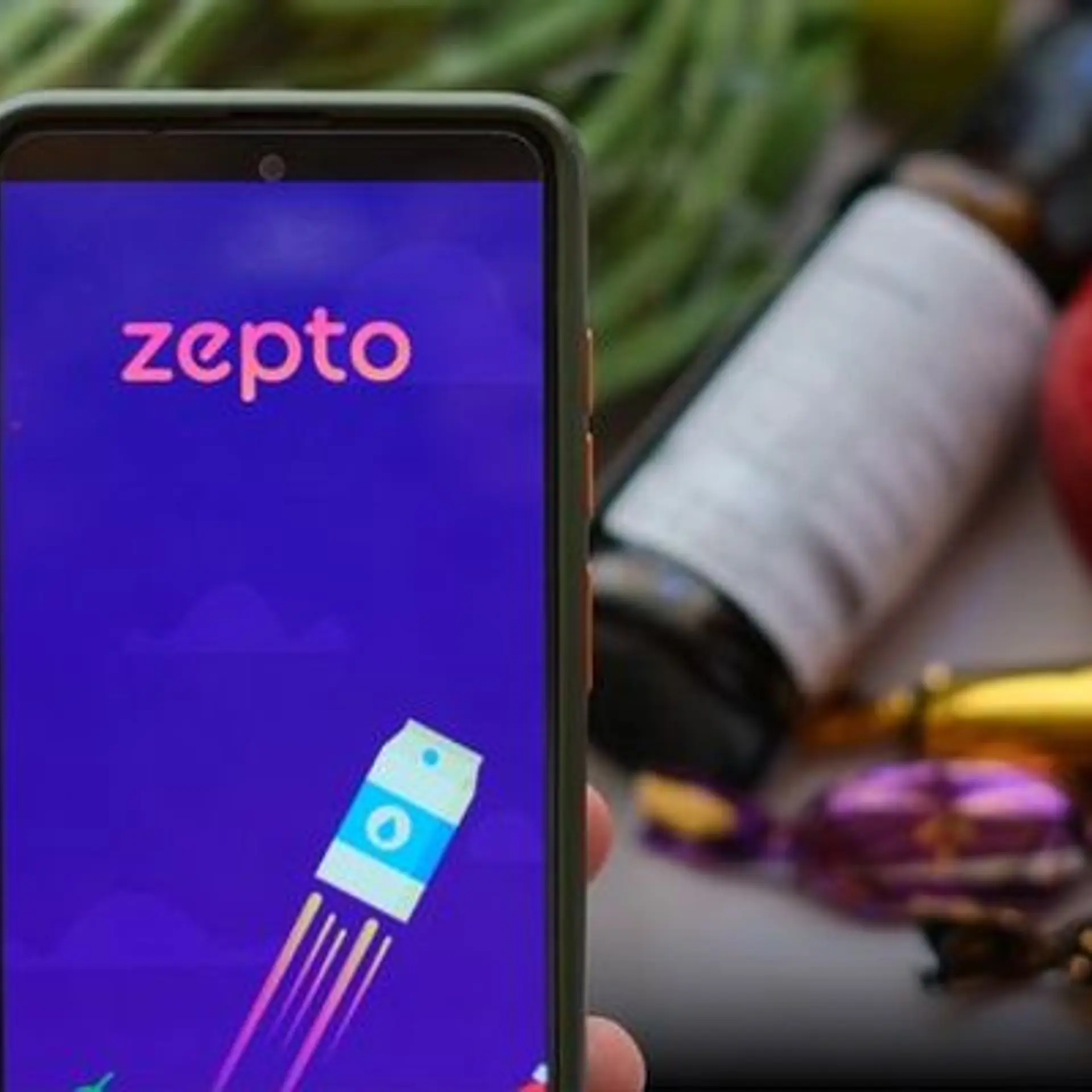Frozen magic unveiled: How Disney rewrote the princess rulebook
With a global box office collection of $1.2 billion, two Academy Awards, and a soundtrack with over a million album sales, Frozen stands as one of the monumental films in Disney's repertoire. What made it a cultural phenomenon? Let's find out.
It’s been 10 years since a Disney princess first belted out Let It Go, embedding it into the collective consciousness of millions.
With a global box office collection of $1.2 billion, two Academy Awards (BAFTA and Golden Globe), a soundtrack boasting over a million album sales and 7 million Spotify streams, and even the DVD catapulting as Amazon's top-selling children's film, Frozen stands as one of the monumental films in Disney's repertoire. Spawning an avalanche of merchandise, and Broadway and West End adaptations, the film became the fifth highest-grossing animated film of all time.
Apart from its commercial success, the wait time to meet Elsa at Disney World Florida in 2013, stretched to a staggering four hours. To add to that, even tennis icon Serena Williams proudly claimed to have watched it 3,000 times!
But what set Frozen apart as the definitive pop culture phenomenon of its decade?
Was it the infectious music? The twist on the villainy? The allure of magical powers? Or perhaps the subversion of the conventional notion of ‘true love’?
It seems even Disney hasn't quite unravelled how Frozen became a cult favourite and a thriving franchise. Let’s delve deeper and find out why Frozen's allure never waned.

Anna & Elsa
Two female protagonists vouching for each other
Adapted from Hans Christian Andersen's 1844 book, The Snow Queen, Frozen's genius lies in a deceptively simple choice—one missing from Disney's earlier movies and still not fully embraced by the studio: two female protagonists, Anna and Elsa.
While the Disney Princess image often exudes girl power, prior to Frozen, it rarely depicted the power of girls united. However, the backdrops never missed witches, wicked stepmothers, jealous sisters or women fighting over a man.
But it turns out, audiences crave seeing women interact on-screen. Positively. Happily.
Amidst such established narratives, Elsa and Anna weren't just two female characters; they were protagonists whose relationship drove the narrative, each enjoying equal development even when not together on-screen.
Sisterly love serves as a central theme, reinforcing the film's takeaway—that women need not be defined by their relationships with men. In a subversion of traditional narratives, romance with a stranger outweighed the profound bond shared between sisters, forged over years of shared experiences—a testament to sisterly devotion over typical romantic tropes. Anna's self-sacrifice for her sister marks a deliberate, symbolic gesture that resonated deeply.
The film truly marked Disney's theatrical release to prioritise female friendships.
Feminism at its best
Frozen resonated universally, transcending age, gender, and backgrounds as it tapped into a unique brand of feminist narrative—a kind of isolationist feminism embodied by Elsa's empowerment through her ice kingdom, a notion that resonated long before the #MeToo movement.
However, like always, this feminist narrative stirred controversy and debate. Jordan Peterson, a psychology professor, criticised the story as "deeply propagandistic" due to the prince's portrayal as a villain, claiming it signalled “the subjugation of art to propaganda”. Yet, Disney celebrated the dual idealism portrayed by Elsa and Anna—princesses who weren’t the damsels-in-distress yet were marketable as dolls, blending progressive ideals with commercial success.
Critics praised its strong feminist undertone, crediting the film's two assertive female protagonists, Anna and Elsa, who didn't rely on male saviours but drew strength from family bonds and each other. They are the women who repeatedly save the day through selfless sacrifices, diverging from the clichéd 'kiss of true love.' They are sharper, more astute, and less easily won over than their 1950s counterparts.
Frozen also passed the “Bechdel Test” by portraying significant conversations between female leads on topics beyond men. The movie champions strong, relatable, and nuanced storytelling—touching upon the everyday experiences of children, transcending the screen into their realities.
The independent nature of these princesses captivated global audiences, prompting countless YouTube covers of Let It Go and inspiring young girls to emulate these self-reliant heroines.
Exploration of gender and sexuality through subversion of Elsa's character
The movie resonates on multiple levels, with its most poignant message lying in the unexpected: Elsa initially appears as a monstrous figure, yet a closer look reveals the true villain—the societal pressures confining her into a role she doesn't fit.
The film not only challenges our notions of who embodies the real monster but also prompts a reevaluation of societal norms and traditional gender roles–akin to the impact Mary Shelley’s Frankenstein had years ago.
Elsa wasn't the typical princess or Disney character. Born with uncontrollable magical abilities, her good intentions led to inadvertent harm, causing personal (injuring her sister) and global (accursed kingdom) consequences. Her flaws, tangible and consequential, provided a platform for diverse interpretations.
Some found parallels in emotional suppression, gender and identity struggles, broader societal acceptance, or even battles with depression. “Character identification is the driving force,” explains psychologist Erika Wells, focusing on film perception and visual appeal in her research. She notes the varied discussions among students from different backgrounds—LGBTQ+ representatives, artists, scientists—finding personal realism within the character's arcs.
Elsa’s character is portrayed without any romantic affiliations. Her character isn't explicitly labelled as heterosexual, asexual, or aromantic, leaving her sexuality undefined within the movie's canonical scope.
Angel Daniel Matos, a professor at San Diego State University focusing on queer narratives in children's literature, delves into Elsa's upbringing. His perspective echoes narratives tied to LGBTQ+ experiences and the complexities of identity concealment–
“Although the movie implies that her parents desperately try to conceal Elsa’s powers because of the danger that they impose on herself and others, this does not justify the degree to which they prevent Elsa from having any human contact whatsoever. Furthermore, the fact that Elsa’s parents view suppression and isolation as solutions further emphasises notions of the infamous queer closet.”
Alternatively, Elsa's isolation can be viewed as an analogy for autism, with her gloves symbolising the concealment of socially unacceptable traits. Her journey becomes a guiding light, offering solace and empathy to those navigating feelings of alienation and the quest for belonging.
“Elsa is the first time we’ve really had a main character deal with and overcome some serious fears of the outside world and self-hate,” observed an animation student at BYU.
Punches really hard at societal expectations
With the official YouTube video of Let It Go amassing a staggering 3.2 billion views and counting, the song ranges from being a symbol of resistance in a Ukrainian bomb shelter to a theme song for the LGBTQ+ community.
Jennifer Lee, one of the film’s directors, has documented various interpretations of the song that touch on themes like autism, cancer, and divorce, showcasing its wide-ranging emotional resonance. Even individuals who haven’t watched the film acknowledge its pervasive influence. “I haven’t seen it but I know all the songs,” expressed Molly Webster, a producer at Radiolab, highlighting the song's omnipresence in popular culture.
Regarding its empowering essence, experts like Pragya Agarwal, whose work delves into gendered emotions, perceive the song as more than just a feminist ballad. She sees it as an anthem celebrating self-empowerment, rejecting societal moulds, and embracing individual strength.
“It’s about owning your power.”
Agarwal points out its relevance beyond childhood, emphasising its message of giving oneself permission to express suppressed emotions and thoughts. “We spend so much of our lives suppressing so many of our feelings, the things we want to say to people. It’s almost like that song gives us permission,” she notes.
Merchandise being the Icing on the Frozen cake
After the massive success of the film, Frozen became an inescapable part of culture, transcending mere cinema to become a multi-billion-dollar global industry. From dresses, lunchboxes, dolls, and plush toys, to virtually anything that could bear the faces of Elsa, Anna, and Olaf the Snowman, the merchandising frenzy knew no bounds!
Much like Star Wars, Frozen isn’t just a movie; it's intricately woven into the cultural fabric. With about 40 Frozen dolls sold every minute, it's a sprawling empire that extends to Frozen-themed Lego sets, Monopoly games, lip balms, bath bombs, waffle makers, pyjamas, and beyond. The film acts as a gateway, not just to Disney’s theme parks and TV channels but also to the very notion of princesshood.
The global #TheColdNeverBotheredMeAnyway hashtag on Twitter unites fans of all ages, fostering a community that spans adolescents, adults, and everyone in between.
Not completely bereft of stereotypes
Although Frozen was one of the most unique Disney films ever, it boasts familiar story elements seen in other Disney films—bereaved parents, an abundance of royalty, reinforcement of conventional standards of white beauty, and the quintessential comic relief character in Olaf the Snowman.
It wasn’t until later productions like the sporty Moana in 2016 or bespectacled Mirabel Madrigal in 2021 that more realistic body shapes are presented, offering young girls a broader representation of beauty and character.
However, Frozen isn’t just another run-of-the-mill Disney tale. Despite drawing comparisons to strong female leads like Mulan and Brave, Frozen seems to possess multiple layers of depth.
The powerful takeaway will always be the fact that girls are heroes, emotions are valid, and self-acceptance matters. And we are never letting that go.








